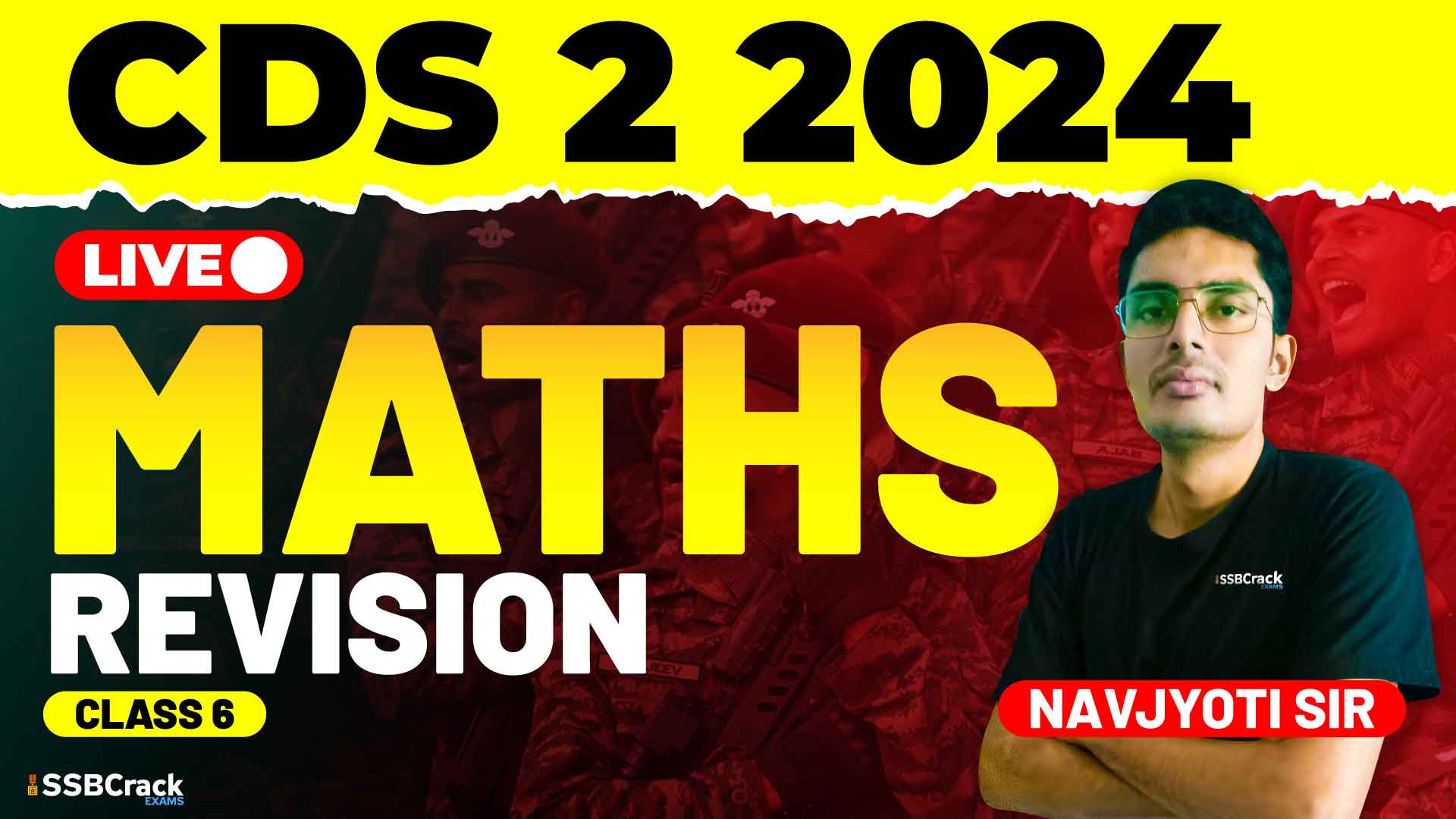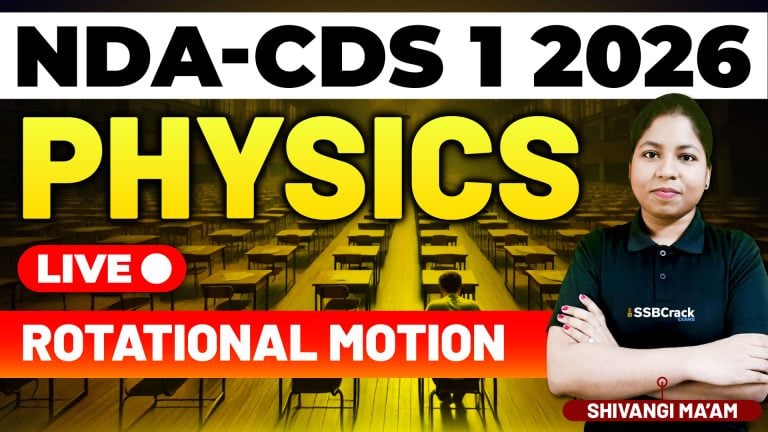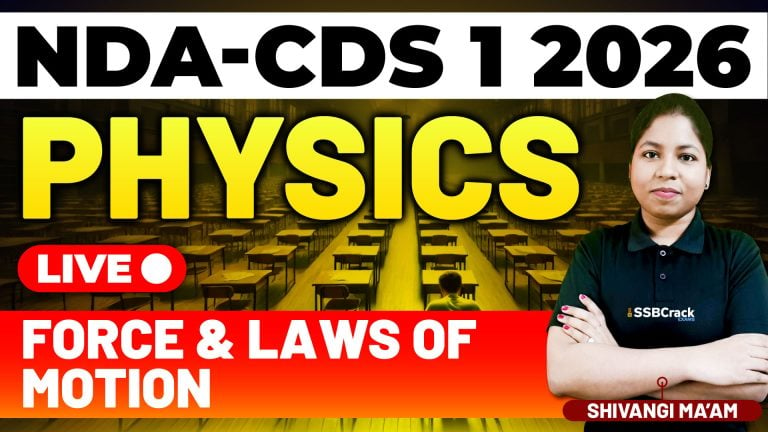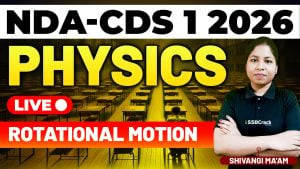When preparing for the CDS (Combined Defence Services) Exam, the Elementary Mathematics paper is a critical component that tests your problem-solving skills across various mathematical topics. Among these, understanding concepts like Averages and Ratio & Proportion is essential for scoring well. In this article, we will delve into these topics, highlight key concepts, and discuss strategies to effectively tackle multiple-choice questions (MCQs) in the CDS exam.
Understanding Averages
Averages represent a central value or a typical amount within a set of data. It’s the sum of the data points divided by the number of points. Averages are used extensively in data analysis to find a single representative value that summarizes a set of numbers.
Key Concepts in Averages:
- Arithmetic Mean: The most common type of average, calculated by dividing the sum of all values by the number of values.
- Weighted Average: Used when different values have different levels of importance or frequency.
- Applications in Problem Solving: Averages are often used in questions involving time, speed, marks, or other quantities where finding a central tendency is necessary.
Strategies for Solving MCQs on Averages:
- Break Down the Problem: Start by identifying the total sum of the values and the number of values given. Apply the basic average formula accordingly.
- Look for Shortcuts: If you’re given the average and one or more values, you can quickly find missing numbers or verify results by back-calculating.
- Practice Weighted Averages: Pay attention to questions where values have different frequencies or weights. Knowing how to handle these can save time and avoid errors.
Ratio and Proportion
Ratio is a way to compare two quantities by division, while Proportion states that two ratios are equal. These concepts are fundamental in solving problems related to parts of a whole, scaling, and comparisons.
Key Concepts in Ratio and Proportion:
- Understanding Ratios: A ratio compares two quantities, showing how many times one value contains or is contained within the other.
- Proportional Relationships: When two ratios are equal, they form a proportion, often used to solve for unknown values.
- Compound Ratios: Involves the combination of two or more ratios, used to solve more complex problems.
Strategies for Solving MCQs on Ratio and Proportion:
- Simplify Ratios: Always reduce ratios to their simplest form before solving the problem to make calculations easier.
- Cross-Multiplication: This is a quick method for solving proportion problems, particularly when dealing with unknowns.
- Check for Consistency: Ensure that the units of comparison are consistent across the ratios to avoid common pitfalls.
Solving MCQs in the CDS Exam
Given the competitive nature of the CDS exam, mastering MCQs in topics like Averages and Ratio & Proportion requires a combination of conceptual understanding, speed, and accuracy. Here are some strategies to enhance your performance:
- Practice Regularly: The more you practice, the more familiar you become with different types of questions, allowing you to quickly identify the most efficient solving methods.
- Time Management: Learn to allocate your time wisely. Start with easier questions to secure quick points, then move on to more challenging ones.
- Elimination Method: In some cases, it’s faster to eliminate incorrect options rather than solving the problem completely. Use this method when you’re short on time.
- Use Approximation: When exact answers aren’t necessary, approximation can save time and still guide you to the correct option.
- Stay Updated on Previous Year’s Papers: Practicing previous year’s CDS questions helps you understand the exam pattern and the types of questions that are frequently asked.
Conclusion
A thorough understanding of Averages and Ratio & Proportion is crucial for scoring well in the Elementary Mathematics section of the CDS exam. By focusing on the key concepts, regularly practicing MCQs, and employing strategic problem-solving techniques, you can significantly enhance your chances of success. Remember, the CDS exam is not just about knowing the material; it’s about applying it effectively under time constraints. With consistent effort and smart study habits, you’ll be well-prepared to tackle these topics and achieve a high score.



















